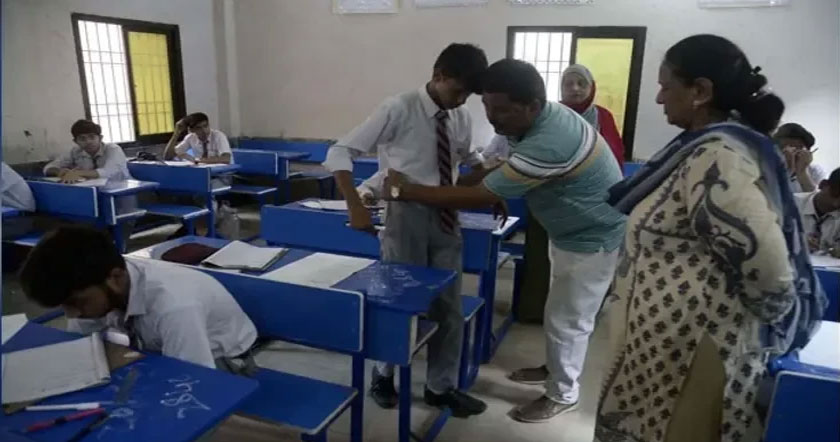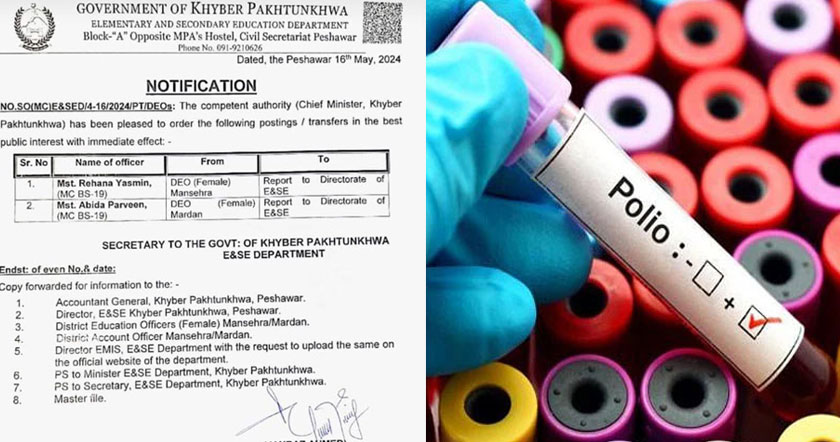
The fascinating emergence of China's J-XX next-generation combat aircraft demonstrator in late 2010 has refocused attention on the pace of military aerospace development in the People's Republic. The carefully stage-managed revelation of the large and unconventional 'new Chengdu machine 2001', or J-20, as many are calling it, seems to confirm that China has grand industrial ambitions and attention-getting operational requirements.
Whether the '2001 programme' will fulfil any of those aims remains to be seen. At this early stage there is still more than a hint of amateur dramatics surrounding the aircraft and the speed with which this secret project has been exposed to the outside world. All early assessments of its capabilities should be restrained, but the 2001 programme is nevertheless the fourth or fifth new combat aircraft development project in China - as many as those from the rest of the world combined.
Even before the arrival of the J-XX, China was heavily engaged with the Chengdu J-10 multirole fighter and what could be a significantly enhanced successor in the shape of the J-10B. At Shenyang the J-11B has emerged as an 'indigenised' Su-27 with combat capabilities that far exceed China's original Sukhoi Su-27SK and baseline J-11 aircraft.
http://www.janes.com/news/defence/air/jdw/jdw110119_1_n.shtml































